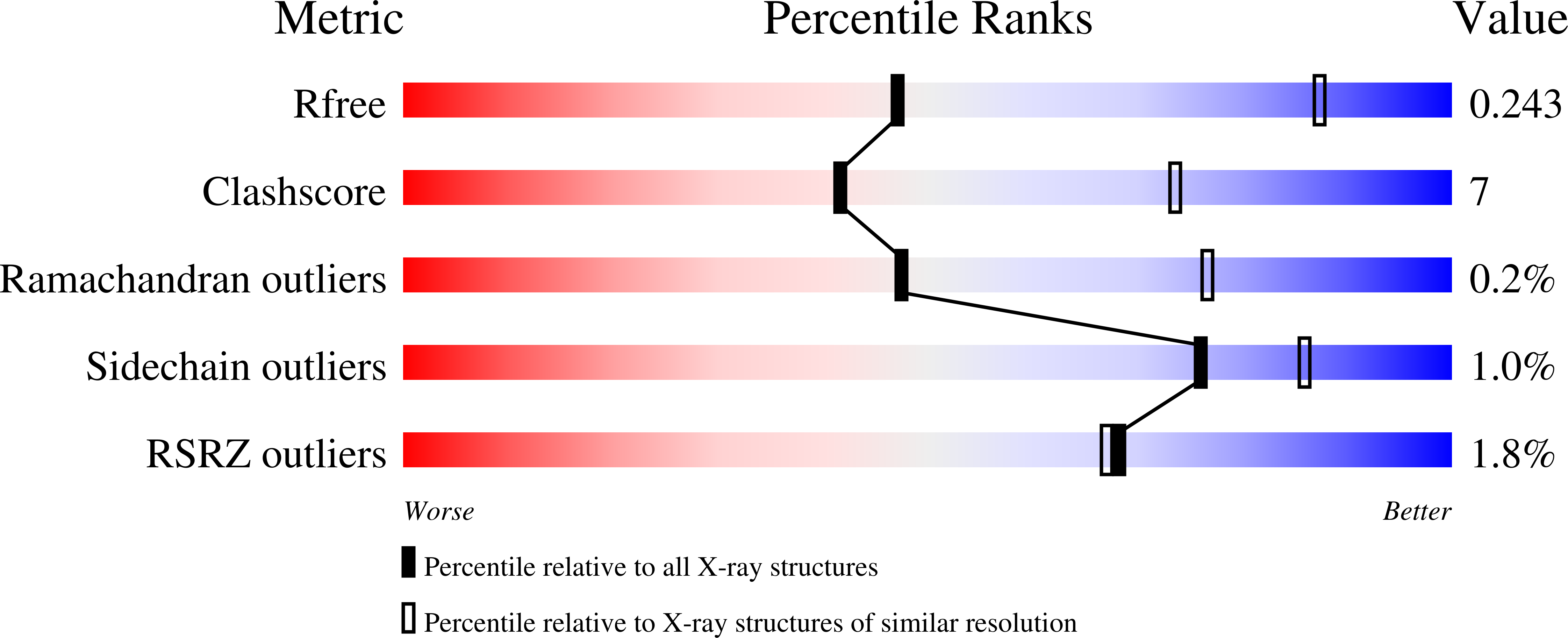
Deposition Date
2022-06-21
Release Date
2023-03-01
Last Version Date
2024-10-09
Entry Detail
Biological Source:
Source Organism:
Homo sapiens (Taxon ID: 9606)
Oryctolagus cuniculus (Taxon ID: 9986)
Oryctolagus cuniculus (Taxon ID: 9986)
Host Organism:
Method Details:
Experimental Method:
Resolution:
3.30 Å
R-Value Free:
0.24
R-Value Work:
0.20
Space Group:
P 21 21 21


